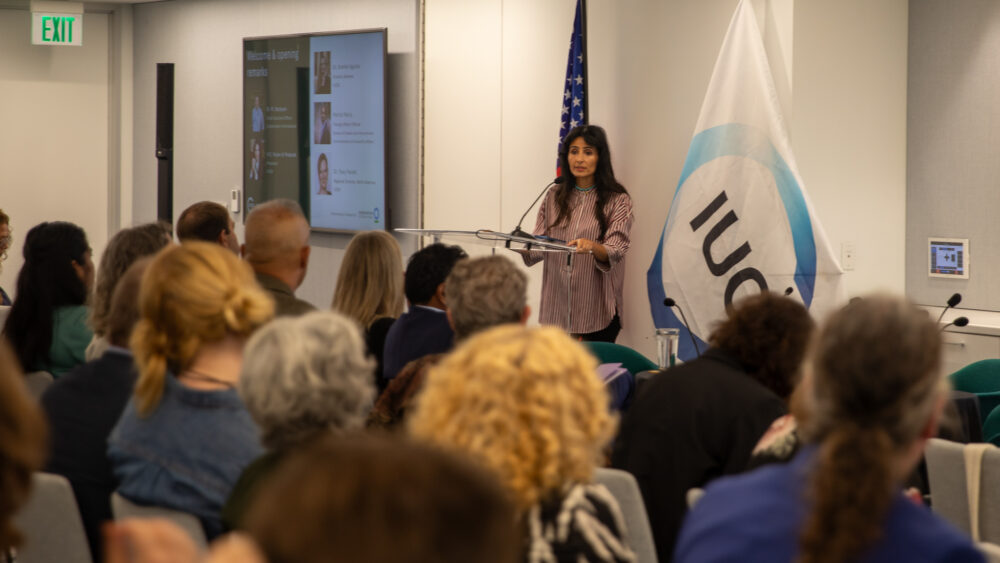We have much more to do and your continued support is needed now more than ever.
MU Researchers Find that Submerged Oak Trees Store Carbon 2,000 Years Longer
The role that forests play in climate conditions is vast and complex, including conversion of carbon dioxide into oxygen, stabilization of coastlines and open terrain, shade provision, and the reflection or absorption of sunlight. Because trees lock carbon dioxide away in their trunks, they are often invoked as a weapon in the war against global warming: You’ve probably seen the “plant-a-tree; cool-the-planet!” motif many times over. There’s some truth to this since currently about one-fifth of all human-caused emissions come from the cutting and burning of trees in tropical regions. But even the most magnificent redwood will act as a carbon sink only until it dies, at which point the tree releases its greenhouse gases back into the atmosphere as part of the carbon cycle. Unless each tree is replaced, it’s only a temporary solution, making forest management far more useful than individual trees to global climate effort.
Dr. Richard Guyette, Director of the Missouri Tree-Ring Laboratory, like many, suggests that trees could be part of a carbon trading market: “Farmers can sell the carbon they have stored in their trees. Companies that emit excess of carbon would be able to buy carbon credits to offset their pollution.” Of course, carbon trading has its own pitfalls, well-explored elsewhere, but it is not the only strategy revealed by Guyette’s research.
The Missouri Tree-Ring Laboratory at the University of Missouri-Columbia recently used tree-ring (dendrochronology) and radiocarbon dating to get a more detailed picture of this carbon cycle by examining fallen oaks throughout streams and floodplains in northern Missouri. They found that an underwater oak holds its carbon for an average of 2,000 years, which is almost 2,000 years longer than its forest-fallen fellow, which only takes 20 years or so to decompose and release sequestered greenhouse gases. The average oak trunk moldering in the test streams was about 3,500 years old, and the oldest more than 14,000, showing that these Missouri streams have been acting as carbon storerooms for millennia.
This kind of information, which better sketches out variations in the carbon cycle, is necessary to an accurate understanding of the role forests play in climate change. As we learn more, improved policies adopted by governments and organizations, including universities, could mitigate or eliminate the carbon emissions that come from deforestation and poor land management. In fact, policies adopted by the United States since the late 1800s have already shown dividends by reducing the carbon flux by more than 440 teragrams per year, according to a CDIAC report. Research like that done at MU can improve our understanding of proactive land management even further, and hopefully be extended to tropical regions that hold the bulk of the planet’s undeveloped forests.
See More:
Water Keeps Carbon Locked Into Dead Trees— STL Today
Reducing Tropical Deforestation Will Help Fight Global Warming— Mongabay.com
Carbon Flux to the Atmosphere from Land-Use Changes 1850-2005—CDIAC Trends





















